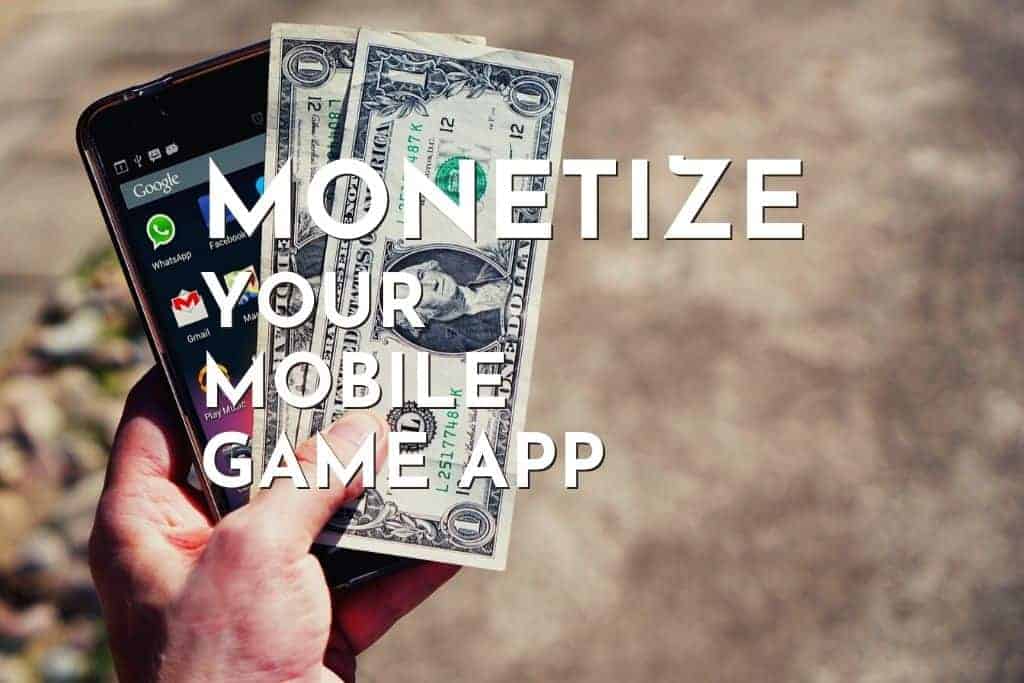Research shows that in 2019, there will be more than 2.5 billion smartphone users worldwide. This incredible growth is driven by the increased availability of affordable smartphones in giant markets such as India and China. Higher internet penetration rates in developing countries mean we now have more people using apps on their smartphones for activities such as gaming, shopping, etc.
At the end of 2018, over 4.1 million apps were available for download on Android and iOS combined. And based on a 2016 press release from Evans Data Corporation (EDC), there were an estimated 12 million app developers back then. They predicted this number would grow to around 14 million by 2020. How do you manage to survive in an oversaturated app market with an ever-growing number of developers competing to make money from their products?
A lot of mobile game devs create games because it is their passion, and they aren’t in it just to make a quick buck. However, the reality of it all is that you need revenue in order to keep making games. It also allows you to hire more people so you can work on ambitious projects in the future.
Interestingly, 80% of all app revenue from 2017 came from gaming apps on the App Store and Google Play Store. In fact, mobile gaming alone takes up nearly 50 percent of all revenue generated by gaming worldwide. So as a startup or indie dev, how can you monetize your mobile game? We’ve got 20 easy ways to get you started.
Use Banner Ads

These are the ads that only cover a small section of the screen at any given time and can generate anywhere between 2 to 3 dollars per thousand impressions. Not a huge amount of revenue, besides they can sometimes be quite annoying for the user, which is why we recommend you use them cautiously.
The advantage offered by this style of ad is the fact that it is super easy to implement. And, it can give your app a small revenue boost during the initial phase when you need it the most. A nice example of a mobile game that used this revenue model very well is Flappy Birds. It generated around $50,000 per day from banner ads alone.
Include A “More Games” Button
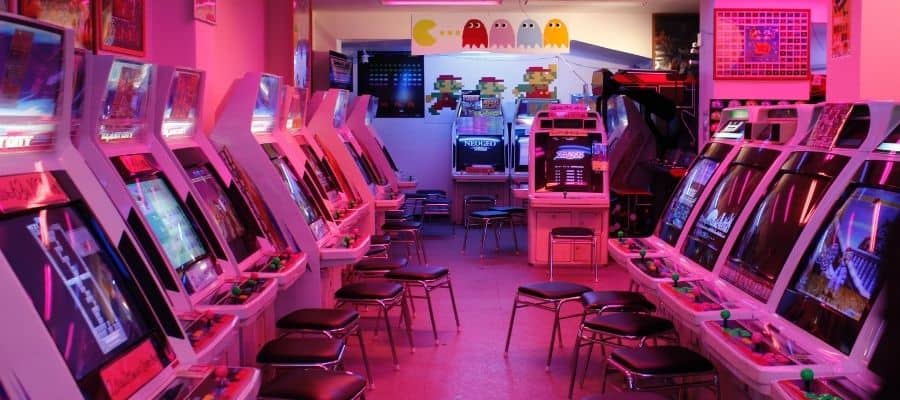
This is a way to make money from larger gaming vendors by referring players to try out their games. When the player clicks a referral button, they are shown a list of titles that you get paid for advertising within your game. Typically, the list contains games similar in playstyle or from within the same genre as your game.
Try Exit Ads

Regular banner ads can be quite annoying for players who just downloaded your game and are greeted with ads on their screen from the beginning. However, you can dampen the effect by showing ads as they are about to quit your game. This makes sure that the ad is not distracting players from the gameplay, and it can take up all of the screen space.
A small variation of this is what we consider “Interstitial Ads.” Instead of showing ads as the player is about to quit, you instead show them between levels. Just like exit ads, interstitials are less intrusive than banners. And they have the added bonus of generating more money. Developers can get paid up to $10 per thousand impressions with interstitial ads.
Incentivize Players To Use Offerwalls

This one works really well if you’re going with a F2P model in your mobile game. There are sponsors and larger app developers who will pay you for each successful referral made via your game. We have a list of 7 companies you can check out if you want to sponsor “offer walls” in your F2P game.
The best way to implement these “offer walls” is by offering players in-game bonuses for downloading advertised games or apps. You can give them gold coins, extra lives, exclusive cosmetic items, etc., whenever they download something from your sponsored list. You can even implement a second “offer wall” since players will consider these to be good value. They don’t have to spend any money and get free in-game resources for downloading a recommended app. With two or more “offer walls,” you can make significantly more money than you would with just one.
Give Players Coupons

This can be done by rewarding your players for completing a difficult level. You give them a discount code or offer something they might want to purchase in real life. For example, let’s say you’ve got a 2D platformer game. Your first 10 or 15 levels are relatively easy, after which the difficulty starts rising.
You can set up achievements or goals for players in the later levels. Like one where they get $5 off their next pizza purchase from Dominoes if they complete the level within a specified time limit. There are a few companies that will pay developers for integrating coupon offers. One such company is Kiip.
Rewarded Videos
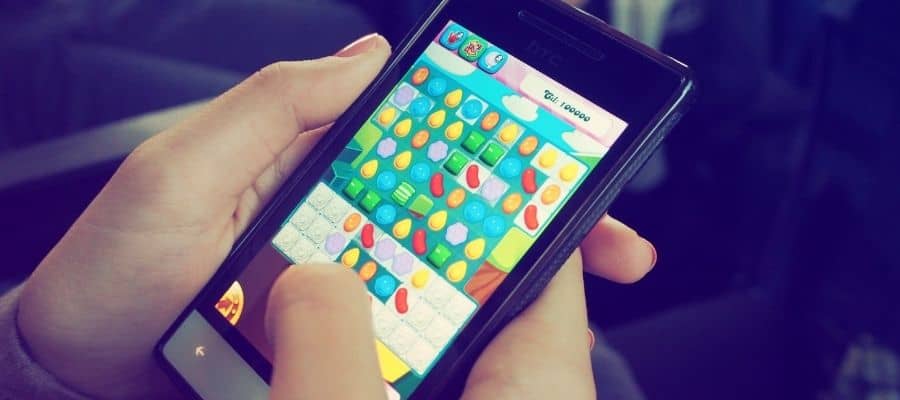
In September 2018, eMarketeer published a study that predicted that U.S. mobile video ad spending would increase by 22.6% for 2019, reaching a value of $15.93 billion. Mobile video ads are gaining popularity as the primary form of in-game advertisement, which coincides with the decrease in popularity of banner ads.
There are two types of mobile video ads- rewarded and interstitial. Rewarded video ads are played when a player loses all lives, prompting them to watch a video so they can gain an extra life. Or, you can use them to offer players in-game bonuses like speeding up an upgrade or gaining extra coins. Interstitial video ads appear in between levels, acting as natural pauses within your app’s flow. The nice thing about interstitial video ads is that they are opt-in, meaning the user can choose to skip them.
Give Players The Option To Remove Ads

This is an extremely popular monetization strategy being used in most new F2P mobile games. Want to get rid of those annoying ad banners? Simply pay $0.99 to unlock the “ad-free” version.
You can also charge players a certain fee monthly or yearly to keep the game ad-free, resembling a subscription model. But you’ve got to make sure that your game is worth it, so focus on developing a fun experience for the user. This way, you will entice them to spend money on your app so they can enjoy uninterrupted gaming.
Use Energy Mechanics

This is a system used by one of the most popular mobile games of all time, Clash of Clans. And it is based on charging players to skip through tedious wait times, which can be induced through time and energy mechanics. Simply put, you lock down game progression artificially behind paywalls.
Either the user chooses to wait 5 hours for their barracks to finish building, or they can purchase the upgraded building directly for 100 gems (which are bought with real-world money). Candy Crush also uses a similar system by making you choose between waiting for your lives to replenish or simply paying for extra lives. And as the players progress further in the game, it keeps getting more difficult. Some of the players will resort to in-app purchases so they can continue playing.
Create Timed Levels
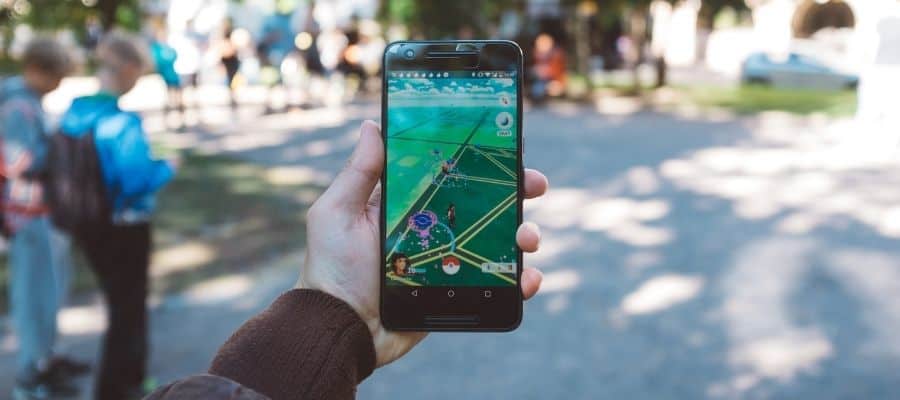
Similar to energy mechanics, timed levels require the player to complete a certain level within the specified time. Or else they will have to start all over again and lose their progress.
You can also incorporate hidden treasure chests inside a timed level. Players who collect these treasure chests within the time window have a chance to gain unique items. But, in order to open these chests, they will need to purchase keys or use the in-game currency. The timed level is usually more difficult than a regular level, so players will get frustrated and eventually spend the money in order to proceed further.
Add Character Customization

We as human beings have a natural tendency to want to stand out from the rest. In-app purchases come in many forms; some offer you gameplay advantages, while others allow you to customize the way your character looks. Some players purchase expensive skins to show off their monetary power, while others use limited-edition costumes and weapons as an indicator of their skills.
No matter the reason behind it, you can be absolutely sure that players will purchase character customization if you implement it in your game. First, you must build a good game with unique character designs that each have its own strengths and weaknesses. Build characters that players can identify with and give them special attributes like bruisers, assassins, mages, etc. Make sure the cosmetics match the theme of a character.
Include Player Advantage Items
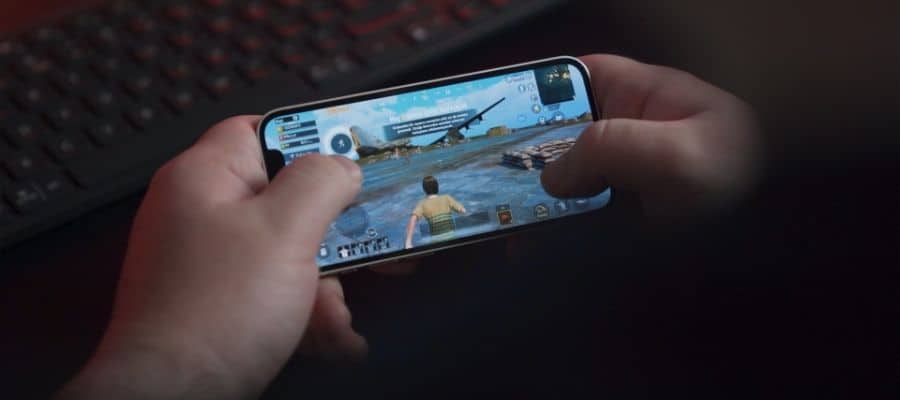
This one is somewhat hard to implement properly, and its viability will depend on the type of game you’re creating. For example, if your game is a single-player puzzle adventure with social elements that are limited to public scoreboards only, it is hard to offer in-game advantages. Yes, you can still sell shields, XP boosters, gold coin packs, etc. but the player will not feel compelled to purchase these items.
On the other hand, in a multiplayer racing game or shooter, you can offer unique weapons and upgrades which are otherwise hard to earn through gameplay alone. The players with these weapons and upgrades will have an advantage over non-paying players.
Sometimes when players lose, they will feel like they need to buy powerful weapons in order to be competitive. Be careful with these since they are essentially P2W (pay to win) mechanics. If other players feel the fight is unfair, they might quit your game for good.
Sell Consumables
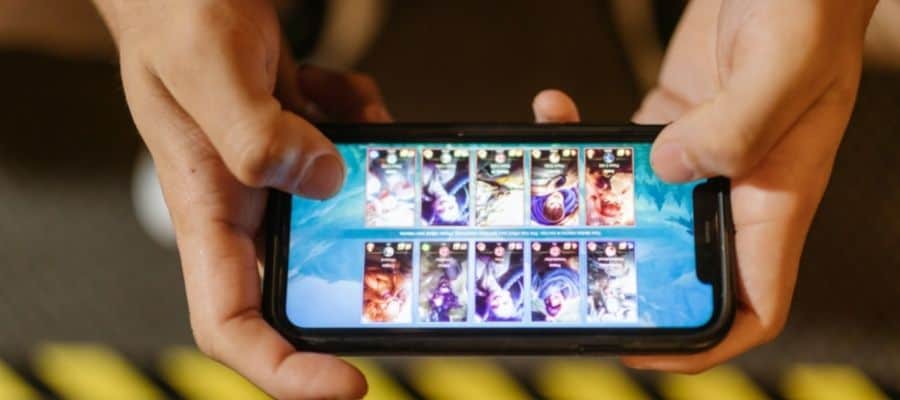
Consumables are the biggest potential source of revenue from in-app purchases. While other microtransactions such as limited edition cosmetics or exclusive weapons have a limit on how many times you can buy them, consumables have no upper ceiling. They are essentially an endless source of income for developers.
The best example of this system can be found in Clash of Clans. Once you upgrade all your buildings and troops, there is nothing left to improve. You are “maxed out.” But, that doesn’t mean you don’t need to spend anymore. You see, anyone who has come this far and spent this much time and money is essentially addicted to the game.
We can call these players hobbyists. They want to carry out attacks on other villages with their maximum capacity army filled with top-tier troops. And they will end up losing some troops in the process of gathering loot.
So while they are waiting for the new troops to be trained or a damaged building to be repaired, you can prompt them to spend coins for quicker recovery. The same applies to RPG games where the character is maxed out. You cannot upgrade the abilities or items anymore but can still sell healing potions. Or maybe ammo, if it is a modern shooter.
Code Sharing

If you developed the code for your game from the ground up and it becomes successful, companies may request to purchase your app for re-skin purposes. When you license your code to other developers, you make money without changing the experience of your player base.
A nice example of this monetization technique is Temple Run, a game that was reskinned to create Temple Run: Oz as part of a movie tie-in. Disney also created its own reskinned version in collaboration with the original devs at Imangi to create Temple Run: Brave, a game intended to cross-promote the Pixar movie Brave.
Apart from reskinning the game in collaboration with another company, you can also consider selling the source code to your game at the end of its lifespan. This strategy works once you’ve reaped as much value as you could’ve from the game and are ready to move onto the next project. You can now sell your game as a whole to a startup that wants to use it as a framework for its next app.
Sellmyapp is a marketplace that facilitates the buying and selling of mobile apps. You can even “White Label” your code, which is similar to selling it from the ground up, except you still have ownership rights to your IP. No matter which approach you take, the idea is to make money off developers who don’t want to create their own code from scratch.
Include Secret Items

These types of collectible items reward the players who like exploring every corner of a map or level. You can stash away shiny-looking treasure chests or keys to treasure chests in various parts of a level. Players will require a key in order to access these chests, which may contain a variety of rewards.
Or, you can hide bonus lives around the level. Players will either spend time searching for these items or purchase them directly from the in-game store. In order to make the search a little more challenging, you can put a mini-boss or horde of enemies next to the treasure.
Gifting
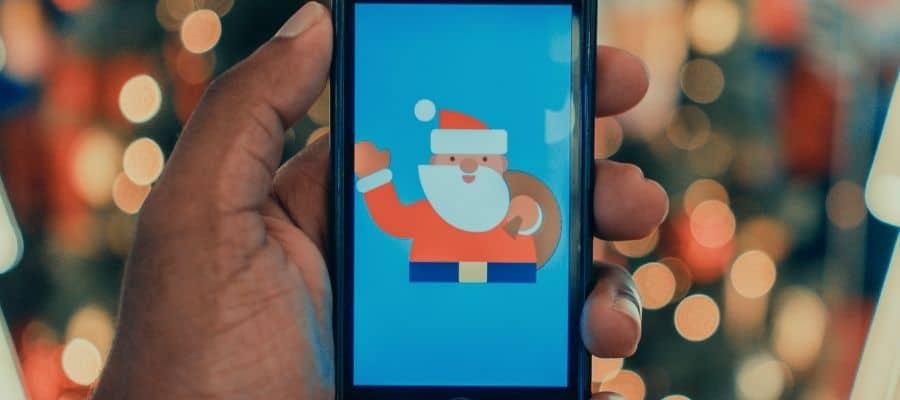
If your mobile game has a built-in store, you can incorporate a gifting feature that allows players to gift items or virtual currency. This way, you make additional revenue from people who would much rather gift items to friends instead of spending the money on themselves.
Also, your game gets new players through existing ones who are essentially paying others to join your game. In combination with a social media invite/ share function, you can make money and maintain a nice influx of new users.
Limited Edition And Seasonal Items
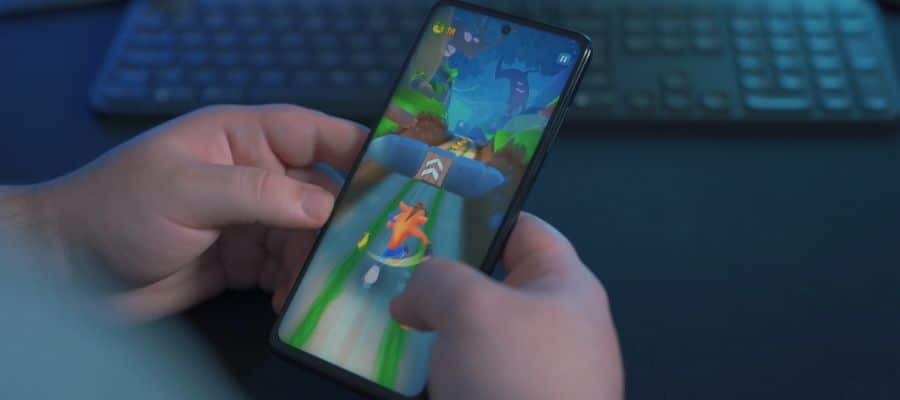
A concept used by both mobile and AAA game devs. When you play Fortnite, you’ll see plenty of seasonal exclusive cosmetic skins for characters and weapons. And, they also run timed events which offer you limited edition items for participating.
Dota 2 includes exclusive “immortal” cosmetics within their yearly compendium, which is essentially a crowdfunding drive for The International. You can obtain these immortal cosmetics only if you purchase a battle pass and spend money on upgrading it. Later, you can sell your immortals to other players by using the trade function on the Steam marketplace.
Timed exclusives and seasonal items offer two benefits- firstly, they are regarded as having a higher value than normal items so that you can charge more for them. Secondly, it encourages players to open up the game and play till the end of the season or event. So you’re making more money while also boosting game retention and addictiveness.
Surprise Reward Mechanics

How many times have you opened a crate in Overwatch, only to get a cheap taunt or logo instead of that super awesome hero skin you really wanted? Counter-Strike Global Offensive also uses loot boxes or surprise reward mechanics. You get free crate drops just for playing, but you need to purchase keys in order to open these crates.
The keys cost more than the crates themselves, similar to PUBG. And the items found within these crates are often seasonal or exclusive, making them even more desirable. Just like with a slot machine, you never know what you’re going to get.
Some innovative mobile game devs even incorporated a weekly ticket-based raffle system that would reward the players with real-life currency if they won. A nice example of such a game is Big Time from WINR Games.
Cross Market Your App

Similar to ad exchange programs, you can contact other app developers to place their content within your game, and they do the same for you. You can also combine this with affiliate marketing to advertise products within your app.
Cross-marketing and cross-promotion have been used to great success in some large AAA games like Fortnite, where they held a special event in collaboration with Marvel Studios. The nice thing about this monetization strategy is its discreet, non-disruptive nature, making it better than traditional banner ads.
Use A Subscription Model
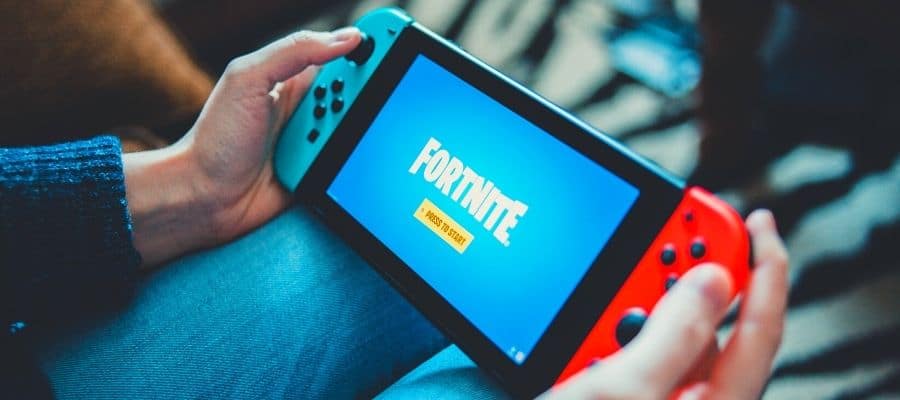
Traditionally, the only video games to use a subscription-based model have been on PC and console, mainly MMORPGs like World of Warcraft. And on phones, the only apps with paid subscriptions used to be content distribution platforms like Netflix or Hulu. But recently, there has been a rising trend of mobile games using paid subscriptions to offer an ad-free experience for their players.
Some research has shown over 70% year-on-year growth in the number of game subscribers on Google Play, which is an indicator that this could end up becoming a popular monetization model for mobile games. Subscription-based games report higher LTVs and steeper Average Revenue Per User (ARPU) curves. And your game retention will be much higher with subscriptions compared to single-time payment or micro transaction-based models.
Selling User Data

Marketing teams these days are willing to pay giant sums of money just to get data on people’s spending behaviors. They want to know what their customers buy, when they buy it, how much they are willing to pay, etc. Advertisers will pay you a nice chunk of money depending on the type of behavioral data that your game gathers from its players.
Conclusion
There is no doubt that the options for monetizing your mobile game are practically infinite. Each technique will have its own strengths and weaknesses, and the best way to ensure profitability is by planning a monetization strategy beforehand.
This will vary depending on your budget and type of game, but we recommend diversifying your monetization as much as possible. This way, you will get steeper revenue curves and higher revenue stability.
Understand your audience well, and keep a record of what they engage with the most. There are new possibilities for monetization popping up thanks to advancements in fields such as AR and artificial intelligence. Pokémon Go is a fine example of the vast monetization potential held by augmented reality apps.
Focus on innovation and create an engaging player experience; that is the first step. Second, employ efficient marketing strategies for your mobile game to spread the word and get a large player base. Finally, don’t be afraid to experiment with multiple monetization strategies if one or two don’t work out.

